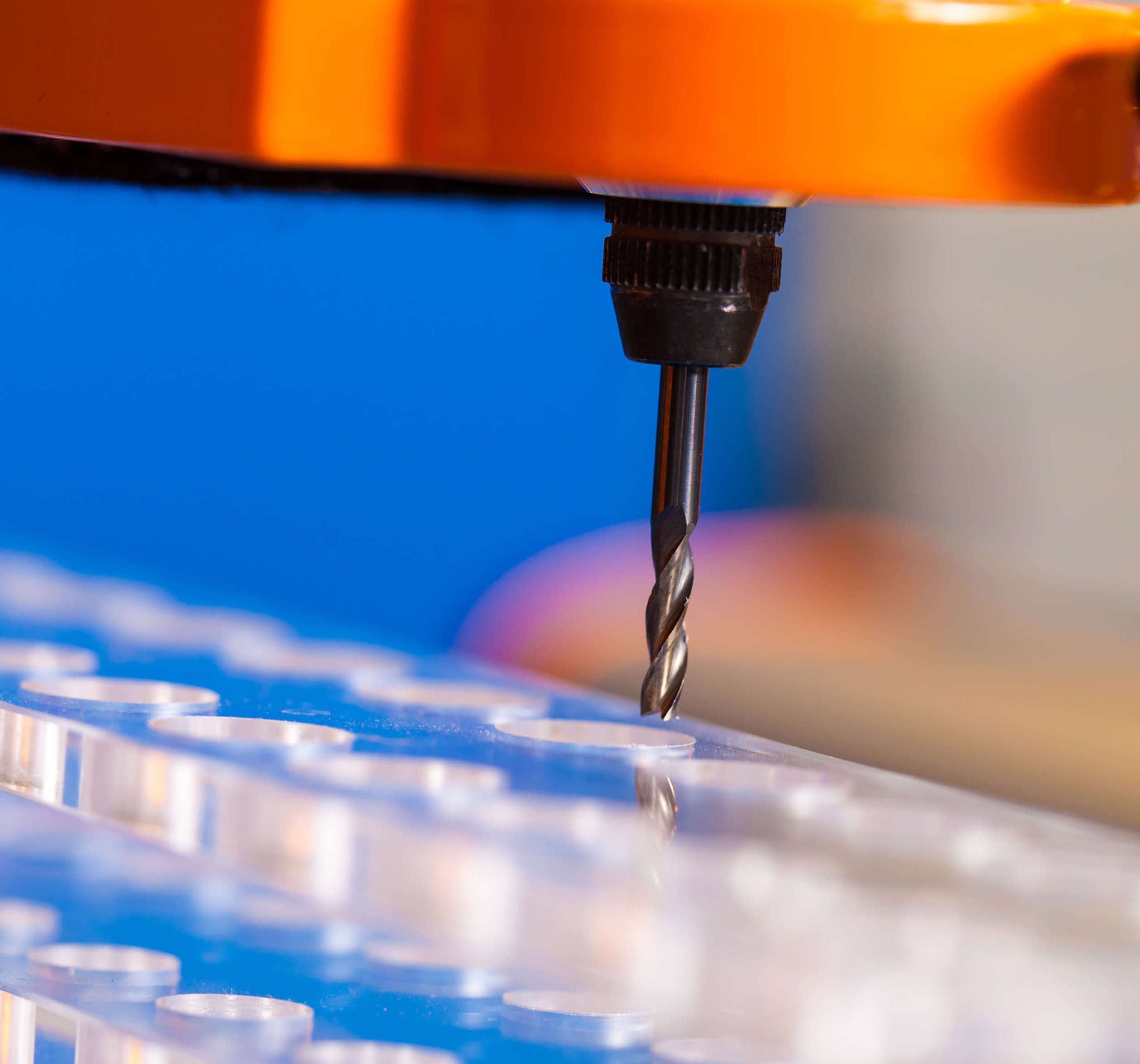Polyetheretherketone, commonly known as PEEK, is a high-performance engineering thermoplastic with remarkable properties that make it suitable for challenging industrial applications. Renowned for its strength, chemical resistance, and thermal stability, PEEK is a preferred choice across various fields, from aerospace to medical, automotive, and electronic applications. Let’s delve deeper into what makes PEEK such an exceptional material.
Properties of PEEK
- Thermal Stability: PEEK has an impressive ability to withstand high temperatures, with a melting point of around 343°C (650°F). Its high thermal stability means it retains its mechanical properties even at elevated temperatures, making it suitable for environments where other materials would degrade.
- Chemical Resistance: Resistant to a wide range of chemicals, including acids, alkalis, and organic solvents, PEEK is often used in harsh environments where exposure to corrosive substances is common. This chemical resilience extends to both low and high temperatures, enhancing its versatility.
- High Strength and Stiffness: PEEK is known for its strength and rigidity, even at high temperatures. With mechanical properties comparable to metals, it offers an excellent strength-to-weight ratio, allowing it to replace metals in certain applications, contributing to weight reduction and improved efficiency.
- Low Friction and Wear Resistance: With excellent wear resistance and low friction, PEEK is ideal for applications requiring movement and contact with other surfaces, such as bearings and gears. Its tribological properties make it reliable for parts subjected to repetitive motion and wear.
- Good Electrical Insulation: PEEK exhibits excellent electrical insulation properties, even at high temperatures, making it ideal for electronics and electrical components exposed to high voltages or temperatures.
Applications of PEEK
- Aerospace and Automotive: PEEK’s combination of high strength, low weight, and temperature resilience makes it ideal for aerospace and automotive parts, where performance, weight savings, and durability are critical. In aircraft, it is used for components like cable insulation and bushings, while in the automotive sector, it’s used for parts like seals, gaskets, and fuel system components.
- Medical Devices: PEEK is biocompatible, meaning it can be safely used in the human body, and it can be sterilised without degrading. Medical-grade PEEK is often used in orthopaedic implants, such as spinal fusion devices, dental implants, and other medical instruments, providing an alternative to metal implants.
- Oil and Gas Industry: PEEK’s ability to withstand harsh environments, including exposure to chemicals and high-pressure conditions, makes it suitable for the oil and gas industry. It’s used in seals, compressor rings, and other components that encounter extreme conditions during drilling and extraction processes.
- Electronics and Electrical Components: Given its electrical insulating properties and stability under thermal stress, PEEK is utilised in connectors, cable insulation, and semiconductor manufacturing equipment. Its low moisture absorption makes it suitable for high-performance electronics and semiconductor applications.
- Food and Beverage Processing: Food-safe grades of PEEK are available for use in the food and beverage industry, where it’s used in machinery parts that require frequent sterilisation. Its resistance to wear and its compliance with food safety standards make it an ideal choice for components in contact with food products.
Advantages and Disadvantages of PEEK
| Advantages | Disadvantages |
|---|---|
| High thermal stability and chemical resistance | Higher cost compared to other engineering plastics |
| Excellent mechanical properties, even at high temperatures | Requires specialised manufacturing equipment for processing |
| Biocompatible and suitable for medical applications | Limited impact resistance at low temperatures |
| Low moisture absorption and good electrical insulation | Can be challenging to join and bond with other materials |
PEEK Manufacturing and Processing
PEEK’s production process is highly specialised, involving the polymerisation of monomers through a complex series of steps to form the polyetheretherketone structure. PEEK can be manufactured into various shapes, including rods, sheets, and films, using processes like extrusion, injection moulding, and compression moulding. However, due to its high melting point, PEEK requires specialised equipment and careful temperature control during processing, which can increase its manufacturing cost.
Environmental Impact and Recycling
While PEEK is a synthetic polymer, it has a relatively low environmental impact compared to some materials due to its long lifespan and durability. Parts made from PEEK can withstand harsh conditions for years, reducing the frequency of replacements. Additionally, it is partially recyclable, allowing for some waste recovery. However, the recycling process for PEEK is limited, as it requires specific equipment and processes due to its high melting temperature.
Final thoughts from WKH
Polyetheretherketone (PEEK) stands out as one of the most robust and versatile engineering plastics available today. Its unique blend of thermal, chemical, and mechanical properties enables it to outperform many traditional materials in demanding environments. Though it comes with a higher price point, the longevity and reliability of PEEK often justify the investment, particularly in applications where failure is not an option. Whether in aerospace, medical, or electronics, PEEK is a material that is reshaping the possibilities of modern engineering.





Leave a comment
This site is protected by hCaptcha and the hCaptcha Privacy Policy and Terms of Service apply.